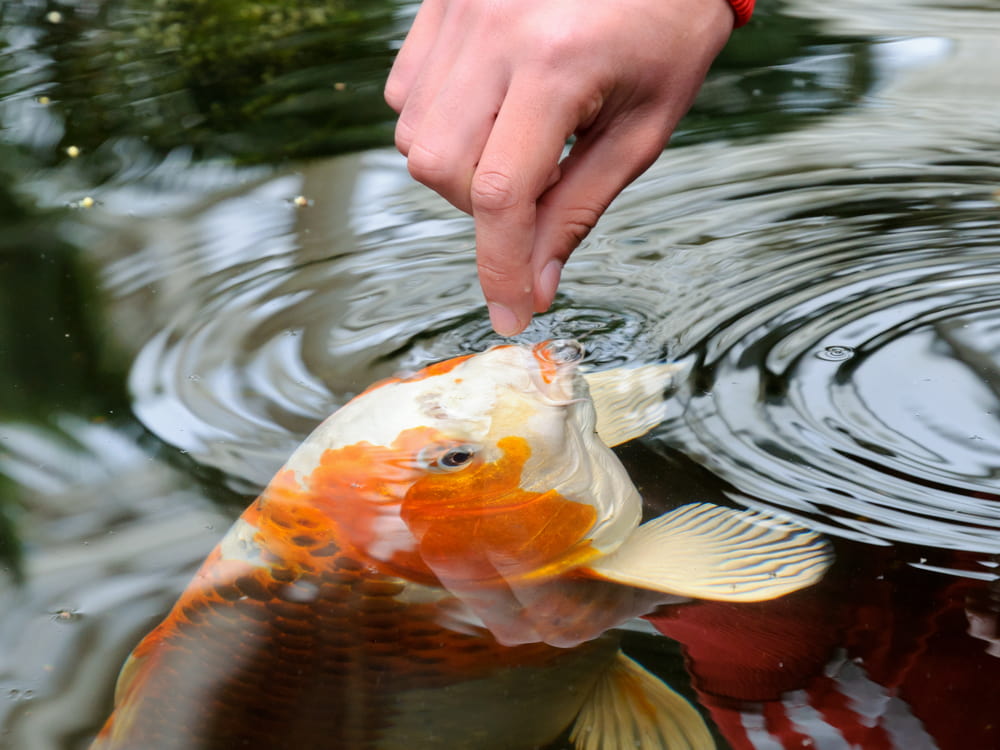Top 6 Types of Fish You Can Add to Your Koi Pond
May 20
If you have a spacious backyard or garden, hiring a landscaping company that offers professional koi pond design services to construct a koi pond at your San Diego home is one of the best things you can do to enhance the exterior aesthetic appeal of your property.
But did you know that koi aren’t the only fish you can put in your pond? Not only are there quite a few kinds of fish that can live harmoniously alongside your koi, many of them are gorgeous ornamental fish in their own right.
In previous articles, we explained why getting a koi pond is such a great idea and gave you some tips on how to start a koi pond. Now we’ll tell you which 6 fish species can be safely added to your koi pond. Keep reading to learn more.
Are you planning to add a gorgeous koi pond to your Clairemont home? Or maybe you’d like to reimagine your existing backyard as a lovely xeriscape, or add hardscape features such as a patio or a new exterior stairwell to your property?
Whatever your landscaping needs may be, don’t hesitate to contact Pacific Dreamscapes. As San Diego’s leading team of landscaping professionals, we routinely go the extra mile to provide lasting quality and ensure our clients’ satisfaction. Schedule your consultation today!
What should I put in my koi pond?
Let’s start with the obvious: as long as your koi pond isn’t getting overcrowded, you can always add more koi to it. These lovely fish come in a variety of vibrant colors, enabling you to really diversify your pond. Here are 6 types of fish you can easily add to your koi pond:- Goldfish are a great all-around choice for fish owners because they’re hardy, easy to take care of, and have a striking appearance.
- Exotic goldfish. If everyday goldfish aren’t to your liking, you can always add exotic goldfish species such as lionheads, ryukins, black moors, telescopes, orandas, and more. Just keep in mind you’ll have to bring them inside during winter.
- Barbs are a small type of fish (up to 3 inches in length) that’s known for being peaceful and brightly colored, making them the perfect pond-mates for goldfish and koi.
- Pleco are known for being very hardy and colorful. However, be careful when adding pleco because they can sometimes latch onto slow-moving fish and can’t survive in water temperatures below 55 degrees fahrenheit.
- Shubunkins are a species of long-bodied goldfish that can easily grow up to 14 inches long in a 180-gallon pond. They’re quite resilient and can survive both cold winters and hot summers on their own.
- Sarasas are like smaller shubunkins. They’re interesting because, with some careful breeding, their entire population will eventually regain its original brown-goldfish look.

 Where can I book comprehensive koi pond design services in San Diego?
Where can I book comprehensive koi pond design services in San Diego?